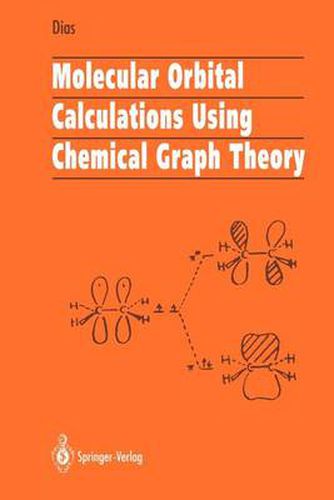Readings Newsletter
Become a Readings Member to make your shopping experience even easier.
Sign in or sign up for free!
You’re not far away from qualifying for FREE standard shipping within Australia
You’ve qualified for FREE standard shipping within Australia
The cart is loading…






This title is printed to order. This book may have been self-published. If so, we cannot guarantee the quality of the content. In the main most books will have gone through the editing process however some may not. We therefore suggest that you be aware of this before ordering this book. If in doubt check either the author or publisher’s details as we are unable to accept any returns unless they are faulty. Please contact us if you have any questions.
This text is directed toward senior undergraduate and beginning graduate students as well as practicing chemists. It provides conceptual tools for understanding chemical phenomena with HMO theory. The author demonstrates that one can use graph theory to streamline HMO calculations without the aid of group theory or computer programmes. The merging of graph theory and chemical theory is intuitive to chemists. Chemical graph theory provides simple descriptive interpretations of complicated quantum mechanical calculations. The author provides practical applications on numerous HMO energy levels (eigenvalues) and corresponding wave functions (eigenvectors).
$9.00 standard shipping within Australia
FREE standard shipping within Australia for orders over $100.00
Express & International shipping calculated at checkout
This title is printed to order. This book may have been self-published. If so, we cannot guarantee the quality of the content. In the main most books will have gone through the editing process however some may not. We therefore suggest that you be aware of this before ordering this book. If in doubt check either the author or publisher’s details as we are unable to accept any returns unless they are faulty. Please contact us if you have any questions.
This text is directed toward senior undergraduate and beginning graduate students as well as practicing chemists. It provides conceptual tools for understanding chemical phenomena with HMO theory. The author demonstrates that one can use graph theory to streamline HMO calculations without the aid of group theory or computer programmes. The merging of graph theory and chemical theory is intuitive to chemists. Chemical graph theory provides simple descriptive interpretations of complicated quantum mechanical calculations. The author provides practical applications on numerous HMO energy levels (eigenvalues) and corresponding wave functions (eigenvectors).